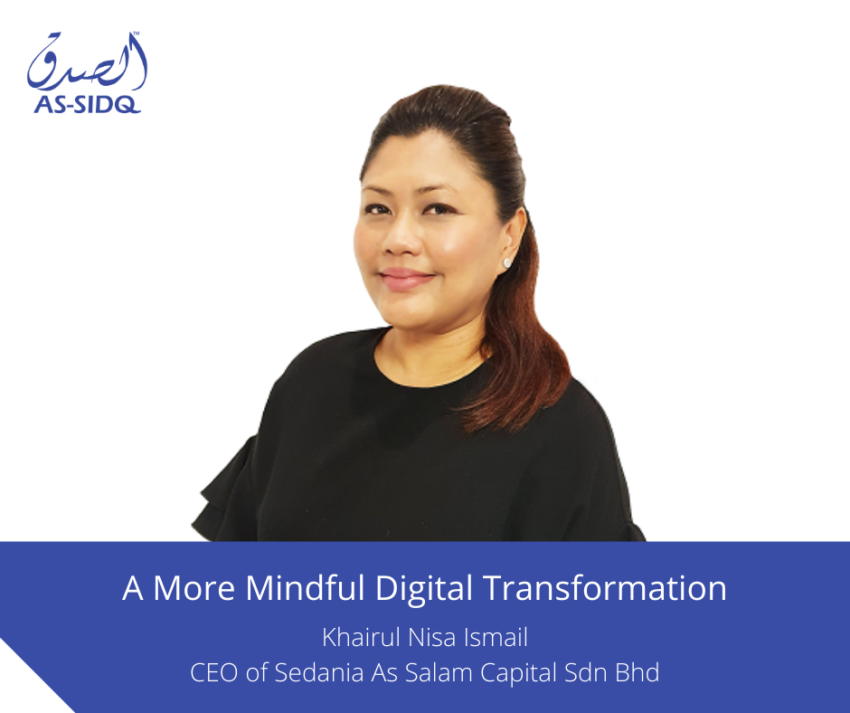The novel Coronavirus pandemic was an unprecedented tsunami to modern society. Even the most prepared among us couldn’t have envisioned this drastic slap in the face that will overhaul the global economy in ways we can’t truly predict.
And things may not be looking up for a while after the Coronavirus storm passes.
Even before the COVID-19 pandemic hit Malaysian shores, the national economy has been characterised as ‘meandering’,with national GDP in Q4 slumping to a mere 3.6% growth in annual terms, down from Q3’s 4.4% expansion. This the country’s worst performance since the global financial crisis of 2009.
Speaking without too lofty of terms, 82.3% of Malaysians have complained about rising costs of living and homes are still deemed unaffordable in Malaysia by the World Bank. The political turmoil that intensified at the beginning of 2020 did not bode well for the economic outlook either.
And Then COVID-19 Came Crashing in.
With a recession across Asia-Pacific “now guaranteed’, Malaysia is not well-positioned to deal with the fallout of the MCO amid low global oil prices.
As for the impact of MCO limiting regular employment and business operations, China may be a grim premonition for what our future might hold. Loss of jobs and stretched out small businesses have caused a surge in overdue credit card debt by about 50%. They have rebuilt the economy somewhat, but will this be the case here? Furthermore, will enough countries fall victim to the economic fallout in a series of events cascading towards a global recession?
On top of a burgeoning global debt crisis, swaths of suddenly halted industries may push impacted parties to take on more indebtedness to tide themselves over. To ensure that banks remain liquid as the world faces economic upheaval, the Central Bank of Malaysia cut its statutory reserve ratio (SRR) down to 2.00%—releasing RM30 billion into the banking system.
Unfortunately, the measure has cut down the SRR to its lowest point since the 2009 global financial crisis.
We are not sure if this will be the last MCO but once it is lifted, there will still be a period of adjustment to the new “norm” of business and it will take time for economic and social recovery. In addition, we will always be at risk of succumbing the COVID-19 virus until a vaccine is found.
A Truly Transformative Digital Transformation
For Sedania As Salam, it is a true testament for our platform to perform in such trying times for financial institutions. Our focus on digitising manual banking services allows us the privilege of a new “business as usual”—one that not all Malaysians share.
Between massively disrupted workforces to impending global uncertainty, one truth is laid bare to us: the financial space will never be the same again in a post-COVID-19 world.
In a previous life, Malaysia’s banking sector has made massive strides towards digital transformation which in fact, partly allows for a small sense of normalcy during these times. However, there is still more that needs to be done which may not have been fiscally viable before; partly prompting Bank Negara to announce a digital banking framework even though the permissions given in the framework could have been served by existing financial institutions.
While the framework is still in its seeking public feedback phase, the launch of similar measures in contemporary Asian nations has allowed banks to shed its legacy systems and procedures to start a new entity from scratch—one that is able to pave a new way forward for the bank without being tied to the past.
CIMB Bank seems to have had a similar strategy in mind when it launched OCTO, its very own digital bank entity as the group’s introduction in both the Philippines and Vietnam markets. As a brand new entity, OCTO their regional expansions more disruptive ability than their local entity.
Standard Chartered meanwhile, may have a leg up during this MCO period as they have long recognised that the first banking touchpoint has changed from human to digital. Aaron Loo, who heads the bank’s retail in Malaysia echoes those sentiments. He cited technology, particularly automation, as the heart of the bank’s strategy. The international entity has, since 2015, announced an investment of USD3 billion to gear the bank’s products and services for digital use.
As the famous saying goes, the best time to start was 10 years ago. The second best time is now.
Members of the fintech community have joked that COVID-19 is the biggest digital disruptor today. Honestly there is a lot of truth in their jabs. More traditional players would be wise to heed the recent upheaval as a push to truly innovate.
Chris Skinner, the voice behind the inflluential blog The Finansier, once said that banks need to employ individuals that could “destroy the business. Financial institutions that want to digitise need to be able to cannibalise,” he said at MyFintech Week last year.
Mindful of tightening purse strings however, what needs to radically change in Malaysia’s digital transformation climate is our approach.
A More Mindful Digital Transformation
The usual product-focused approach thus far necessitates aggressive marketing, perhaps unwelcome in a more sober social climate. So break the wheel. This time, ask yourself: what would Malaysians need right now? How could we answer the needs of SMEs, 69% of them having lost half their income since the MCO order? During this MCO and inevitable social distancing period afterwards, how will the average Malaysian interact with your organisation, and how could you help them during the process?
Be it via analytics, artificial intelligence, or tried-and-true surveys, listening to your consumers is crucial right now because a problem-focused approach will help your organisation streamline what resources you have into the correct digital transformation projects. Your spending can become more streamlined without sacrificing that zeal for innovation, and allows for better market adaptability.
For Sedania As Salam, it was partly through asking these questions that we launched Digital Akad. We have already launched SMS and Email Akad as features on the As-Sidq Tawarruq Platform, but with the introduction of WhatsApp Chatbot, our banking partners are able to secure Akad (acknowledgement and confirmation of contract) and immediately distribute financing to deserving applicants on more familiar turf.
The Digital Akad service has been in the works for some time and yes, the idea is hardly unique. However, we think that launching such a service during movement restrictions is timely for a market that needs to regain as much normalcy as possible to help economic health. After MCO restrictions are lifted, Digital Akad would still help to give Islamic financing in Malaysia a much needed digital convenience boost.
Another issue we had in mind is an admittedly ambitious goal of helping deserving Malaysians access credit that might be denied to them via traditional scoring methods, but without adding to the ballooning global debt problem that could worsen our COVID-19 recession. Hence, Sedania also launched Al Thiqa, granting loan applicants the option of enabling an e-mandate that will auto-deduct the owed fees at a specific time. The choice to enable the e-mandate reduces the applicant’s risk levels, without significantly increasing the financial institution’s default rates .
Once the necessary digital solution has been identified, I would beseech my fellow players to remember that we may be socially distanced, but our businesses don’t have to be. So if the solution your customers need is difficult to build in-house, the large swaths of cloud-based applications and mutually beneficial collaborations is perhaps a video chat away.
It was this collaborative spirit that helped carry Sedania Innovator Bhd back into the black by Q4 of 2019, partly thanks to the increasing transactions processed on our business-to-business (B2B) credit processing platform As-Sidq.
It’s normal to tuck our tails between our legs during a crisis, but uncertainty is exactly when the biggest advances need to be made for both societal, and organisational good too. As the novel Coronavirus disruption is proving to us, it will be the proactive and resilient that will survive the coming storms.

